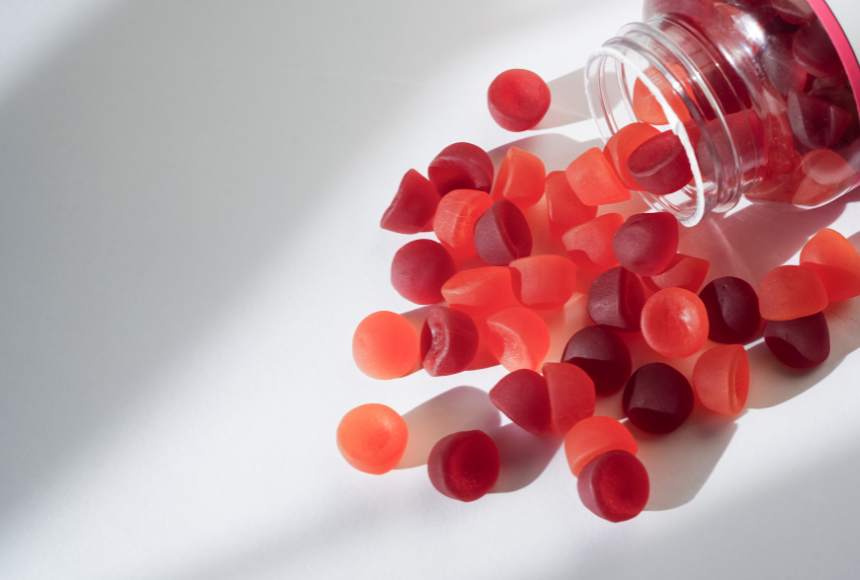Chia Seeds for Babies & Big Kids: 5 Health Benefits & How to Introduce Them to Little Ones
by: Tiny Sprouts Foods
Medically Reviewed by: Kerry Jones, MPH, RDN, LDN
Can babies have chia seeds? Absolutely! Introducing chia seeds from as early as 6 months of age offers children many benefits as chia seeds are so nutritionally rich. Gram for gram, chia seeds contain more calcium than milk, more iron than spinach, more omega 3s than salmon, and the list continues! Packed full of fiber and antioxidants, chia is a true superfood for everyone.
Sources:
- Nieman DC, Gillitt N, Jin F, Henson DA, Kennerly K, Shanely RA, Ore B, Su M, Schwartz S. Chiaseed supplementation and disease risk factors in overweight women: a metabolomicsinvestigation. J AlternComplement Med. 2012. 18(7): 700-8.
- Seeds, chia seeds, dried. FoodData Central. U.S. Department of Agriculture: AgriculturalResearch Services. https://fdc.nal.usda.gov/fdc-app.html#/food-details/170554/nutrients.Updated April 1, 2019.
- DRVs–Food Components. Food and Drug Administration. https://www.fda.gov/media/99059/download. Updated 2016.
- Myhrstad MCW, Tunsjø H, Charnock C, Telle-Hansen VH. Dietary fiber, gut microbiota, andmetabolic regulation–current status in human randomized trials. Nutrients. 2020; 12(3): 859.
- Barber TM, Kabisch S, Pfeiffer AFH, Weickert MO. The Health Benefits of Dietary Fibre.Nutrients. 2020; 12(10): 3209.
- Whole Milk. FoodData Central. U.S. Department of Agriculture: Agricultural Research Services. https://fdc.nal.usda.gov/fdc-app.html#/food-details/413293/nutrients. Updated April 1, 2019.
- Prune puree. FoodData Central. U.S. Department of Agriculture: Agricultural Research Services. https://fdc.nal.usda.gov/fdc-app.html#/food-details/167780/nutrients. Updated April 1, 2019
- Pear, raw. FoodData Central. U.S. Department of Agriculture: Agricultural Research Services. https://fdc.nal.usda.gov/fdc-app.html#/food-details/1102682/nutrients. Updated October 30,2020.
- Hu Y, Hu FB, Manson JE. Marine omega-3 supplementation and cardiovascular disease: an updated meta-analysis of 13 randomized controlled trials involving 127,477 participants. J AmHeart Assoc. 2019
- Price CT, Langford JR, Liporace. Essential nutrients for bone health and a review of their availability in the average north American diet. Open Orthop J. 2021; 6: 143-9
- Boron. National Institutes of Health: Office of Dietary Supplements. https://ods.od.nih.gov/factsheets/Boron-HealthProfessional/#en1. Updated June 3, 2020
- Boots AW, Haenen GRMM, Bast A. Health effects of quercetin: from antioxidant tonutraceutical. Eur J Pharmacol. 2008; 585(2-3): 325-37.
- Vitamin C. National Institutes of Health: Office of Dietary Supplements. https://ods.od.nih.gov/factsheets/VitaminC-HealthProfessional/#en. Updated February 27,2020.
- Vitamin E. National Institutes of Health: Office of Dietary Supplements. https://ods.od.nih.gov/factsheets/VitaminE-HealthProfessional/#h2. Updated July 31, 2020.
Medically Reviewed By:

Kerry Jones, MPH, RDN, LDN is a pediatric & maternal registered dietitian, nutrition consultant for Tiny Sprouts Foods, and owner of Milestones Pediatric & Maternal Nutrition. Her goal is to help transition women into motherhood and then continue to support them and their children as they grow. Learn more about nutrition for your family at www.milestonesnutrition.com.
Disclaimer: The information contained in this blog is based on the experience of the author and science-based research. It is not intended to replace medical advice or diagnosis from a physician or other medical provider. This blog is not intended as a substitute for a consultation with a physician or other healthcare provider. The author is not responsible for any adverse effects or consequences resulting from the use of any suggestions discussed in this blog. It is important to talk to your doctor or your child’s pediatrician prior to starting any new medications or supplements.








